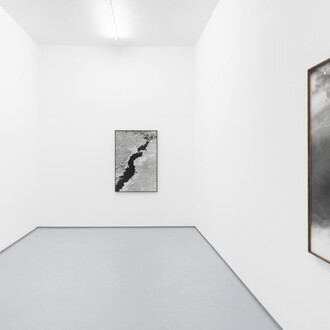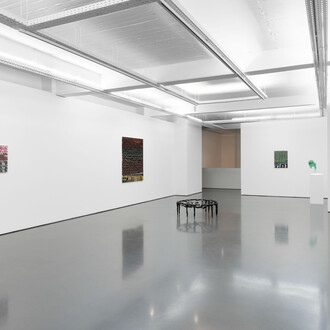MONITOR Lisbon has the pleasure to announce A Way of Walking, a solo exhibition by Portuguese artist Sérgio Carronha (Cascais, 1984). A Way of Walking is the third exhibition for Sérgio Carronha with MONITOR, following the first one in Lisbon in December 2018 and the second one in Rome last April.
Sérgio Carronha, lives and works in Montemor-o-Novo, Alentejo, Portugal. Throughout the years the artist has developed a distinct connection and understanding of his land and its surroundings that transpires through his thought and practice. In this territory, the artist studies the different strata that make up the soil, collects the clays and gives them a definite shape. Besides producing his sculptures in his land, Sèrgio Carronha is also developing a long-term land-art project, in which he aspires to expand his sculptural practice and model the land on a larger scale.
This region’s nature and culture are the main source of inspiration for his work. Trough his errant walks around Alentejo, Sèrgio Carronha comes across archeological artefacts, geometric archetypes from distant ages and cultures, different raw materials and other surprising encounters with the timeless stratification of soil and cultures. According to the artist, walking represents for him a self-reflexive act in which he attempts to preserve a sentiment of innocence and amazement towards his surroundings. From this walks, he develops new readings of the external world, reconsiders his position in it and finally conveys these revelations in his ceramics objects.
In A Way of Walking, Sérgio Carronha presents two site-specific installations composed by ceramic sculptures, wall drawings, seeds and other organic materials that will engage the gallery space in a narrative focused on the past cultural heritage and the environment. A large scale floor painting with red clay and kaolin, covers the whole floor of the gallery, smoothing its angles and providing a familiar ground for the ceramics. The ephemeral character of this painting contrasts with the perennial character of the vertical sculptures, inviting the viewer to reflect and make a stand for what was once thought to be immutable and everlasting.
















